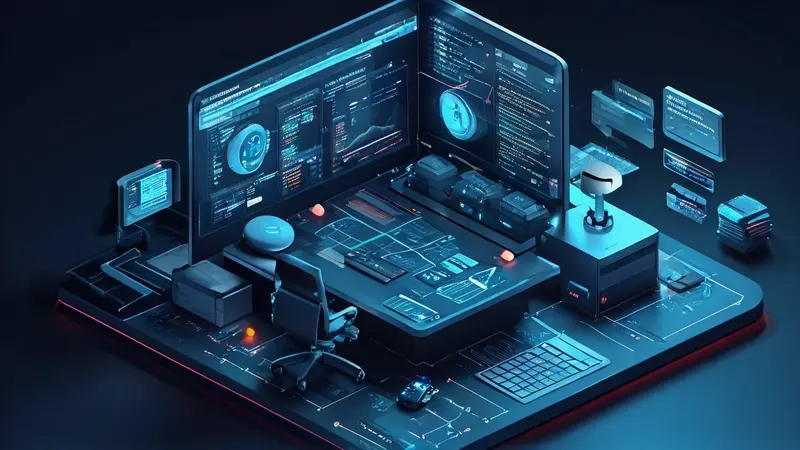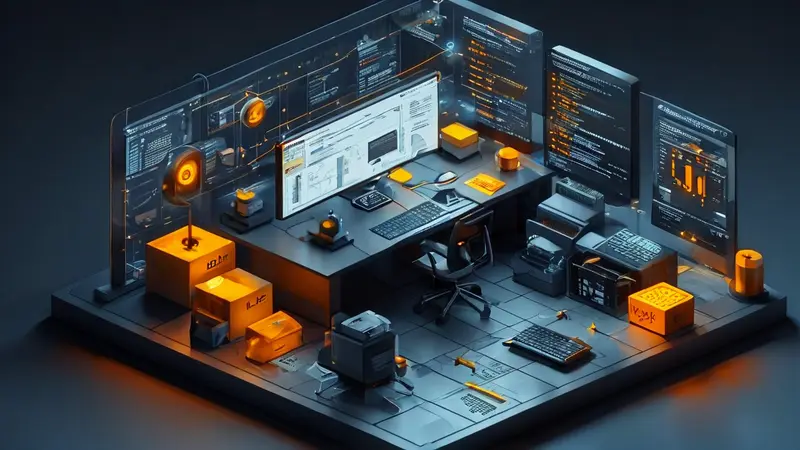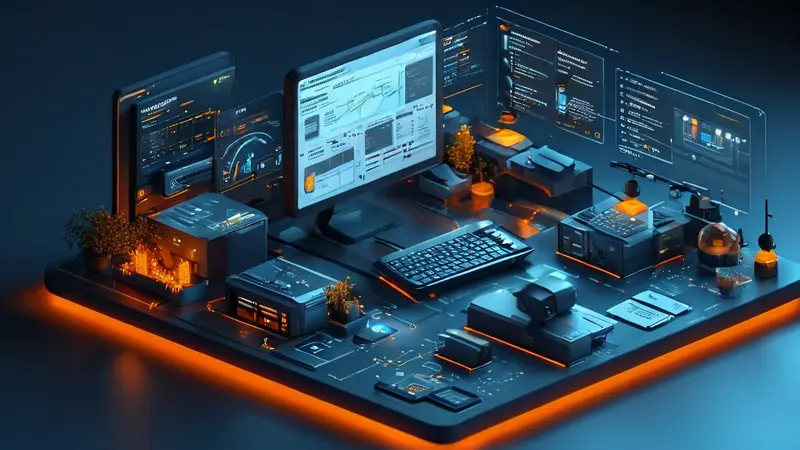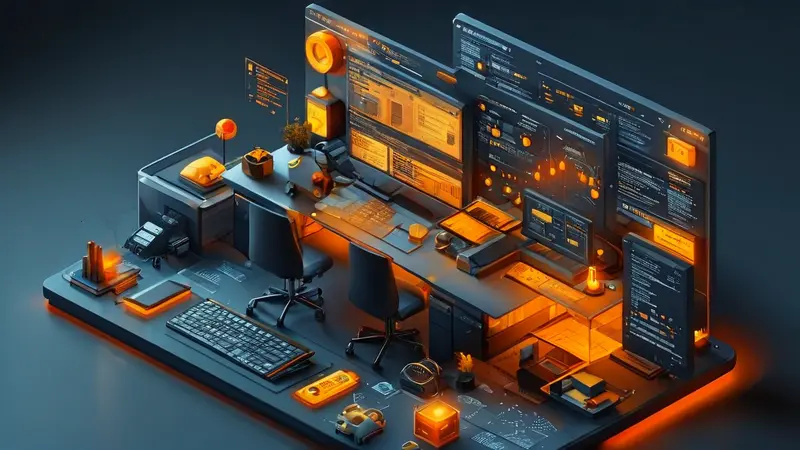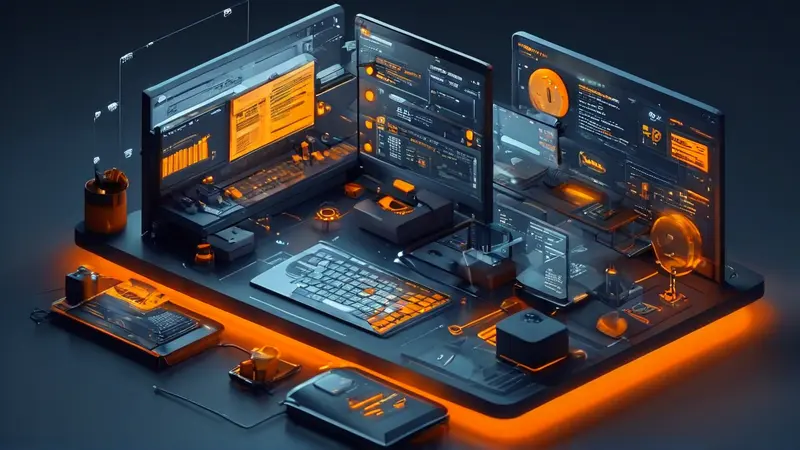
PCI编程 是一种涉及直接与计算机的硬件接口——即周边组件互连(Peripheral Component Interconnect)总线互动的编程方式。这种编程方法允许开发者对硬件设备如显卡、网络适配器等进行更深层次的控制和优化。1、 其中,硬件设备驱动程序的编写属于PCI编程的一个重要组成部分,它需要深入理解硬件的工作原理和通信协议,确保软件能够正确地与硬件组件沟通。
一、PCI编程基础
PCI编程的基础在于理解PCI总线的工作原理和架构。PCI总线是一种高性能的总线标准,它支持即插即用(Plug and Play)功能,能够自动配置连接到总线上的设备。在进行PCI编程时,了解如何通过编程来控制和管理这些硬件设备是至关重要的。
二、硬件设备驱动的开发
在PCI编程中,开发硬件设备驱动程序是一项基本任务。这需要编程人员具备对操作系统底层架构的深入理解,以及硬件设备规格和功能的精确知识。强调编码质量和稳定性是开发高效、安全驱动程序的关键。
三、性能优化与测试
为了确保PCI设备在系统中达到最佳性能,开发者需要对驱动程序进行精心的优化和测试。这包括分析设备响应时间、数据传输速度和系统资源占用等,通过反复测试和调优,提高系统整体性能和稳定性。
四、安全性与兼容性考虑
开发PCI设备驱动时,不仅要注重性能优化,还需要考虑安全性和兼容性。这包括确保驱动程序可以防护潜在的硬件故障和安全漏洞,同时保证与不同版本的操作系统和硬件配置的良好兼容性。
五、PCI编程语言和工具
选择合适的编程语言和开发工具对于PCI编程至关重要。C语言因其接近硬件层面的操作和灵活性,通常是开发PCI设备驱动的首选语言。同时,现代开发环境和调试工具的支持,可以帮助开发者更高效地开展工作。
六、案例研究与最佳实践
通过对成功的PCI编程项目的案例研究,开发者可以学习到许多实用的技巧和方法。分享和探讨这些最佳实践不仅有助于提升个人技能,还能促进整个开发社区的知识传播和技术创新。
PCI编程是一项复杂但极具挑战性的技术领域,它要求开发者具备跨学科的知识和高超的技术能力。而通过不断学习和实践,掌握PCI编程可以为开发者开启通往硬件底层开发的大门,激发更多的创造力和创新潜力。
相关问答FAQs:
What is PCI Programming?
PCI programming refers to the process of developing software or firmware that interacts with devices connected to the Peripheral Component Interconnect (PCI) bus. The PCI bus is a standard interface used for connecting a computer's motherboard with various expansion cards, such as network interface cards, sound cards, and graphics cards.
How does PCI Programming work?
PCI programming involves writing code that communicates with devices connected to the PCI bus. This can be done by using low-level programming languages like C or assembly language, or by utilizing higher-level abstractions provided by operating system APIs or libraries. The programming code interacts with the devices by sending and receiving commands, configuring registers, and handling interrupts.
What are the benefits of PCI Programming?
-
Hardware Access: PCI programming allows developers to directly access and control hardware devices connected to the PCI bus. This enables them to optimize the performance of the devices and customize their functionality according to specific requirements.
-
Device Management: Through PCI programming, developers can manage and monitor the connected devices efficiently. They can retrieve information about the devices, perform diagnostics, and update firmware or drivers as needed.
-
Cross-platform Compatibility: PCI is a widely adopted standard, and PCI programming enables developers to create software that can run on different platforms and operating systems. This makes it easier to develop applications that can be used on a variety of hardware configurations.
-
Improved Performance: By writing efficient and optimized code, developers can enhance the performance of devices connected to the PCI bus. This can result in faster data transfer rates, reduced latency, and improved overall system performance.
-
Flexibility: PCI programming allows developers to create custom solutions and extend the functionality of existing devices. They can add new features, implement proprietary protocols, or integrate the devices with other hardware components.
In conclusion, PCI programming is the development of software or firmware that interacts with devices connected to the PCI bus. It enables developers to access, control, and manage hardware devices more effectively, resulting in improved performance and flexibility.
文章标题:pci编程是什么编程,发布者:worktile,转载请注明出处:https://worktile.com/kb/p/1725189

 微信扫一扫
微信扫一扫  支付宝扫一扫
支付宝扫一扫 